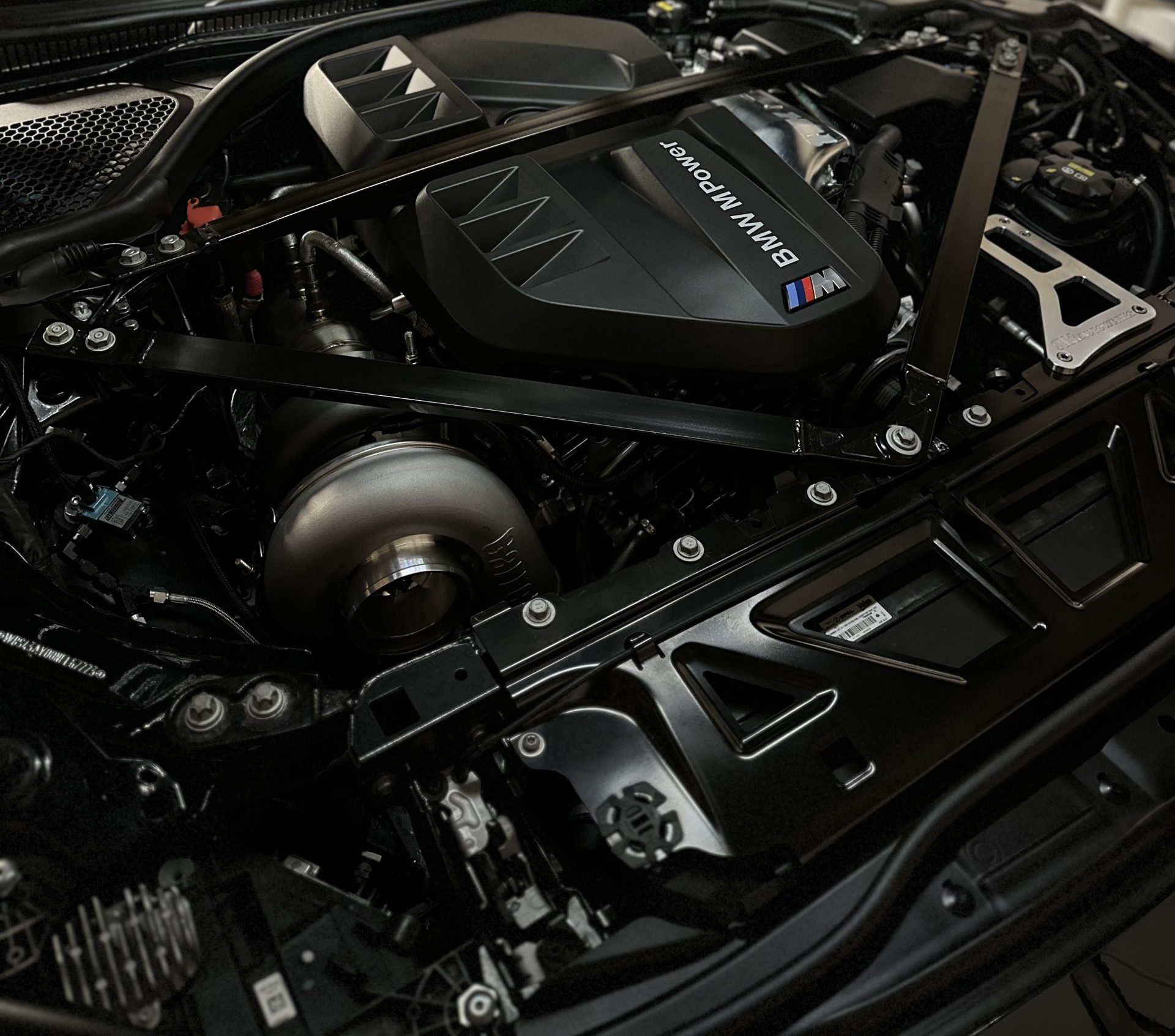Just how to Maintain Your BMW Engine for Ideal Efficiency and Long Life
Just how to Maintain Your BMW Engine for Ideal Efficiency and Long Life
Blog Article
Checking Out the Evolution of Burning Engines in Modern Transport Equipments
As we browse the landscape of modern transportation, the evolution of burning engines stands as a testimony to human resourcefulness and design expertise. From their modest starts to the advanced powerhouses thrusting lorries today, burning engines have actually undertaken an impressive trip of advancement and adjustment. Comprehending the complexities of this development not only clarifies the past yet also leads the way for envisioning what exists in advance in the realm of transportation modern technology. The interaction of history, technology, and ecological worries in shaping the trajectory of combustion engines develops a story that is both compelling and insightful.
Very Early Beginnings of Combustion Engines
Exactly how did the concept of combustion engines initial emerge in the early phases of transport advancement? The origins of burning engines can be traced back to the 17th century when the principles of inner combustion were very first discovered.
The advancement minute came with the creation of the initial successful gasoline-powered engine by Karl Benz in 1885 - bmw engine. This engine paved the method for the growth of the modern-day automobile, transforming transport systems worldwide. Succeeding developments by Nikolaus Otto and Gottlieb Daimler additionally improved burning engine technology, causing the automation of automobiles and the fast growth of the transport sector
These very early burning engines were identified by their simpleness and effectiveness, laying the structure for the facility and effective engines made use of in modern-day transport systems. The development of combustion engines has been instrumental fit the way we take a trip and move items, noting a substantial turning point in the history of transportation growth.
Change to Internal Combustion Technology
The change to internal combustion modern technology noted a critical change in the evolution of transportation systems. This shift began in the late 19th century, with developers like Nikolaus Otto and Gottlieb Daimler creating the very first successful inner burning engines. These engines transformed transportation by supplying a much more effective and effective alternative to vapor engines and electric motors.
One of the crucial advantages of inner combustion engines was their ability to be scaled down to fit right into automobiles, resulting in the growth of cars and motorcycles. This change from bulky, fixed engines to compact, mobile ones led the way for the contemporary transport systems we see today.
The shift to inner combustion modern technology likewise stimulated improvements in fuel innovation, bring about the advancement of fuel and diesel as primary gas resources for cars. This change not only made transportation extra easily accessible to the masses yet additionally laid the foundation for the oil and gas market to come to be essential to worldwide economies.
Effect of Combustion Engines on Transport
The adoption of combustion engines in transport systems catalyzed a profound change in the performance and speed of worldwide flexibility. Burning engines transformed transportation by giving a dependable and flexible source of power for different lorries, consisting of vehicles, vehicles, ships, and aircrafts. This innovation substantially improved the capacity for people and items to conform cross countries in shorter time frames, resulting in enhanced look at this web-site connectivity between regions and nations.
Additionally, the extensive use of combustion engines has had a considerable effect on economic development. The capacity to transfer goods successfully has actually stimulated profession and business, enabling companies to expand their markets and reach consumers worldwide. This has actually promoted financial growth and globalization, as products can now be moved much faster and in larger quantities than ever.
Nonetheless, the environmental impact of combustion engines can not be neglected. The burning of nonrenewable fuel sources has actually led to air pollution and greenhouse gas exhausts, adding to environment change and presenting wellness dangers to populaces. bmw engine. Therefore, there is a growing focus on establishing different propulsion technologies to mitigate these unfavorable results and produce an extra lasting future for transportation
Innovations in Burning Engine Design
One noteworthy development is the development of turbocharged engines, which use exhaust gases to drive a wind turbine that compresses incoming air, permitting for even more fuel to be scorched, resulting in boosted power output without a substantial rise in engine dimension. Variable valve timing systems have likewise revolutionized engine design by optimizing airflow at various engine speeds, enhancing both power and performance. These innovations jointly contribute to the constant improvement of burning engines in modern-day transport systems.
Future Fads in Burning Engine Development
With modern technology advancements driving continual technology, the future of burning engine advancement is poised to revolutionize transportation systems around the world. One of the key trends in burning engine growth is the press in the direction of greater efficiency and minimized discharges. Producers are investing heavily in research and development to improve engine performance while satisfying rigid ecological regulations. This consists of the integration of sophisticated gas shot systems, enhanced turbocharging techniques, and making use of light-weight materials to enhance fuel consumption and decrease carbon emissions.
Another famous fad is the fostering of hybrid modern technologies in burning engines. Hybrid engines integrate typical combustion modern technology with electrical power, providing enhanced fuel performance and lower emissions. As the automobile industry changes towards electrification, crossbreed combustion engines are viewed as a investigate this site transitional service that bridges the space between conventional cars and completely electrical ones.
Moreover, the combination of smart modern technologies, such as synthetic intelligence and data analytics, is expected to play a considerable function in the future of burning engine growth. These modern technologies can enhance engine efficiency in real-time, resulting in much more reliable combustion procedures and improved overall lorry performance. Welcoming these future fads will certainly not only drive development in burning engine growth yet likewise add to an extra environmentally friendly and lasting transport ecosystem.

Final Thought
Finally, the advancement of combustion engines in contemporary transportation systems has actually been marked by substantial developments in innovation and layout. From the very early starts of burning engines to the shift to inner combustion innovation, these engines have actually had a profound influence on transport. Advancements in burning engine style proceed to drive progress in this area, with future fads focusing on additional improving effectiveness and decreasing discharges. The future of combustion engines in transportation looks appealing as research and growth initiatives remain to press why not try this out borders.
The roots of combustion engines can be traced back to the 17th century when the principles of interior combustion were very first checked out. These engines revolutionized transport by providing a more powerful and efficient alternative to steam engines and electrical motors.

Report this page